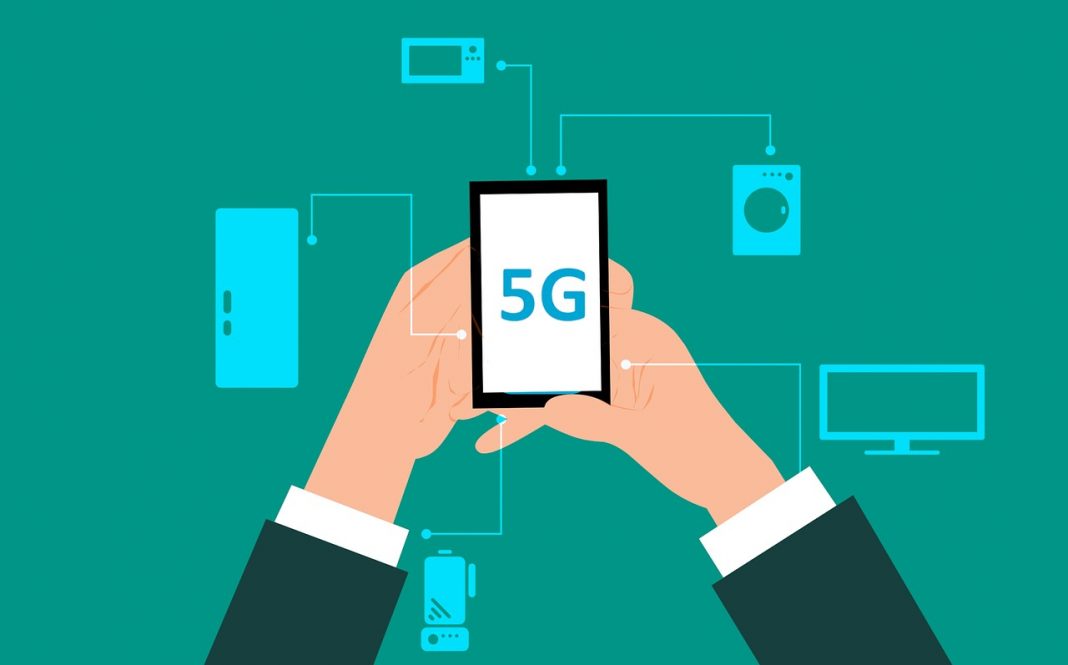What does 5G technology bring to the table?
This year has been a big year for 5G technology, as multiple carriers around the US have started rolling out their 5G services. It might still be in its infant stage for now, as coverage is heavily limited. But it already provides a glimpse of what 5G could bring in the future.
What is 5G?
Firstly, a brief overview of 5G. What exactly is 5G? What makes it so special from our current 4G LTE? Well, first and foremost, the utmost important difference is bandwidth and latency. It allows for faster communication between other wireless networks with lower latency. Also, it will only take you a few seconds to download a full movie.
But is that all to 5G? Not in the slightest case. A piece of technology that simply boosts speed would not receive that much hype in the first place. But truth be told, this is what people usually emphasize when they explain 5G. ‘5G technology will allow you to achieve speeds of up to 10Gbps’. It doesn’t sound all that interesting, does it? It is not like you would need that much speed at all. In fact, for someone like me who usually plays games, it is the stability that matters, not speed. I, for one, would not even be slightly tempted by 5G just because of its raw speed.
Here is the catch, 5G does not simply translate into ‘a new wireless network for your phone’. The phone is just the start, 5G is bound to ascend into more than just your smartphones. Some have even dubbed 5G as the ‘Post-Smartphone Era’. Yes, you heard it right. This is because 5G is currently planned to be used by various IoT devices, such as machines, cars and AR systems.
The often forgotten part of 5G
Now, after 4 paragraphs of introductions to 5G. What do you exactly remember about it? Probably the blazing speed it provides right? Here is a little almost forgotten part of 5G that would prove critical in many aspects, which is the reduction in latency. Well, I did mention it above, but you’d probably forgot about it also. Because it is not something that most people care, except maybe for gamers. They require close to zero latency for their games to perform at the highest level.
Currently, 4G LTE networks run at approximately 30 to 60 milliseconds of latency. This means any data sent from your side will take around 30 to 60 milliseconds to reach the other side, depending on the distance. 5G reduces this to under 5 milliseconds. Why is this important you might ask? This is because this reduction in latency enables all of those above mentioned IoT devices to perform at seemingly real-time, with zero delays.
Autonomous cars and more
Autonomous car, for example, is one of the technologies that would benefit the most from 5G. To run cars without human, you would require input from machines that are as fast as those from a human. This is because every millisecond counts on the road. Just a slight delay could spell the difference between life and death. With 5G, the latency would be so low that every input would be almost instant. Cars would also be able to communicate with each other for better road safety.

With reduced latency, it opens up possibilities for things that are deemed almost impossible in the past, such as remote driving or remote surgery. Visions for the future includes specialist doctors performing surgeries on patients that are on the other side of the globe. With 5G, this is no longer a dream. We are that close to making it a reality.
5G for home
Sometimes we have a little misconception about mobile networks such as 4G and now, 5G. We often think it is only meant to be used when we are on the move. Yes, that was the case with the previous 4G LTE technology. Because with 4G, you would never dare to imagine speeds and latency that could rival those of a fixed fiber network. However, with 5G technology, a whole new picture could be painted. Imagine homes running on 5G broadband, achieving speeds and latency that matches those of the fiber-based Wi-Fi. Yes, 5G could be used not only on the move but in homes too.
The piece of tech that goes hand in hand with 5G
5G technology would also augment another piece of technology, known as AR or Augmented Reality. Such low amounts of latency and high bandwidth allows AR devices to create overlays with almost zero delays. Imagine AR devices that show real-time navigation by drawing lines on the road. There is almost an endless amount of possibility when it comes to AR and 5G. You could say that 5G is the key to unlocking the true potential of AR technology.
The more the merrier
5G’s massive bandwidth also means that more devices could connect to it at the same time. Scenarios where this could be useful include football stadiums that are jam-packed with people. With 5G, the coverage and speeds you will get would not even waver in the slightest. 5G networks can support up to a million devices per square kilometer. Also, what is not being mentioned is how 5G technology would free up the currently overcrowded 4G network. With people moving over the new network, 4G LTE will be faster and smoother than ever, thanks to the reduced amount of users.
Speed kills
Of course, after all, we should not underestimate the speed that 5G brings. Yes, we might not need it. But the convenience it brings to our lives is not to be underestimated. Would you like the feeling of downloading hundreds of GBs of files in just seconds? Of course, you would. There is no denying that the increase in speed would increase our quality of life. In a society where every little second matter, 5G could be a game-breaker for many.
What level of 5G are we in currently
5G is still currently a very premium service. You would need to be at the right place, with the right phone, and with the right carrier to be able to access it. There are currently only 5 phones that support 5G. And don’t expect it to be accessible anywhere outside the US yet, as the 4 carriers currently supporting 5G are all US-based. Soon in the future, we could expect carriers in Korea, Japan, and Europe to start offering them too. 2019 is considered to be the year of birth for 5G. But 2020 is forecasted to be the year that 5G will become mainstream for everyone
Once it is mainstream, what 5G brings to the table is massive. It could mean a whole new technological wave that revolves around the internet, such as the IoT. We could only look forward to it, and imagine how much it will impact our future. We are all equally excited for it, and rightfully so. The next big technological revolution is not far ahead now, and 5G could be the backbone behind it.























